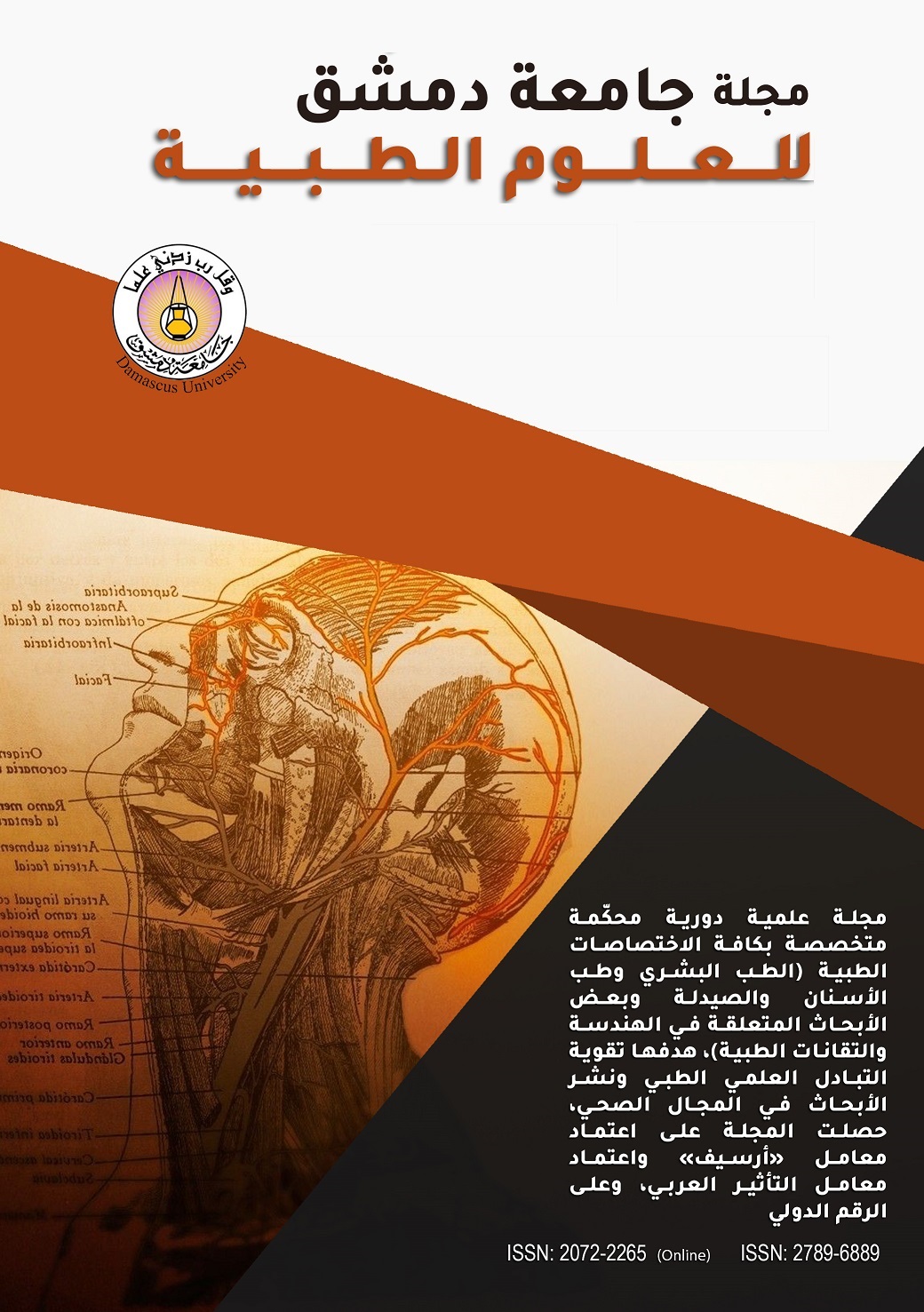Accuracy of Three Radiographic Methods for Chronological Age Estimation Based on Dental Maturity
Abstract
Background and aim of the study: Developing teeth are widely used in determining age and maturation. Dental age is very important in pediatric dentistry and also orthodontic treatment planning. Several methods have been developed to assess the dental age according to the degree of calcification observed in permanent teeth. The aim of the current study was to compare the accuracy of three radiographic age estimation methods.
Materials and methods: This cross-sectional retrospective study was carried out using 463 digital panoramic radiographs of healthy Syrian children aged from 6.6 to 13.5 years who visited the Department of Orthodontics in the Faculty of Dentistry, Damascus University. The radiographs were evaluated using Nolla’s, Demirjian’s, and Willems’ methods. Dental age of the children was calculated for each method. Differences between the chronological age and the dental age determined by each method were assessed using Paired-sample t-test.
Results: Underestimations of dental age were observed when using Nolla’s method (-0.55± 0.85 years), and Willems’ method (-0.59± 0.94 years). However, Demirjian’s method overestimated age (0.65 ± 0.99 years). Significant differences between the mean chronological age and ages determined by Nolla’s, Willems’, and Demirjian’s methods were observed (p < 0.001).
Conclusions: Accuracy of the tested dental age estimation methods on Syrian children was comparable. Nolla’s method had the highest accuracy followed by Willems’ and Demirjian’s methods, respectively. However, all three methods are not completely suitable for Syrian children.

